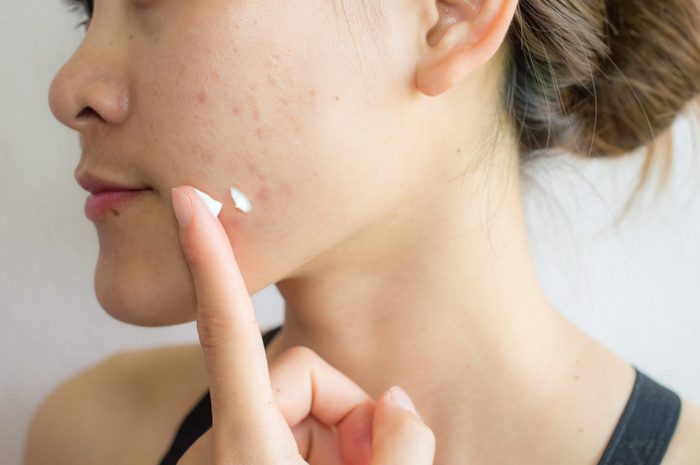
Take your vitamins
When it comes to patients looking for advice on how to get rid of scars left behind by acne, Deanne Mraz Robinson, MD, FAAD, of Modern Dermatology in Westport, Connecticut has an easy Rx. “Oral niacinamide is a B vitamin (B3) that has amazing anti-inflammatory and antibacterial qualities,” she says. “It’s not only helpful with treating active acne, but it’s also a great treatment for the red scarring associated with healing acne lesions.” Her recommended dosage is 500 mg twice per day for most patients—always speak with your doctor before beginning a supplement. She is also a fan of topical vitamin C, which she calls a powerhouse, “It can help combat hyper-pigmented acne scars in addition to helping build new collagen and thus, smooth out acne scarring.” To avoid a breakout, incorporate these 17 daily habits into your daily regime.
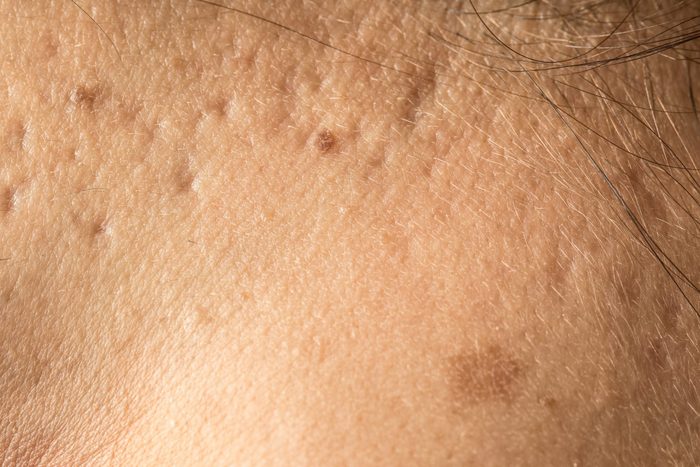
Fill it in
Acne scars are one of the most common issues Kenneth Howe, MD, sees at Wexler Dermatology. “You can tell how well a scar can be improved by stretching the skin around it with your fingers. The degree to which that changes the scar is how much it can improve,” he says. He injects a hyaluronic acid filler, such as Juvederm or Restylane, to fill in deeper pockmarks during a quick in-office procedure.
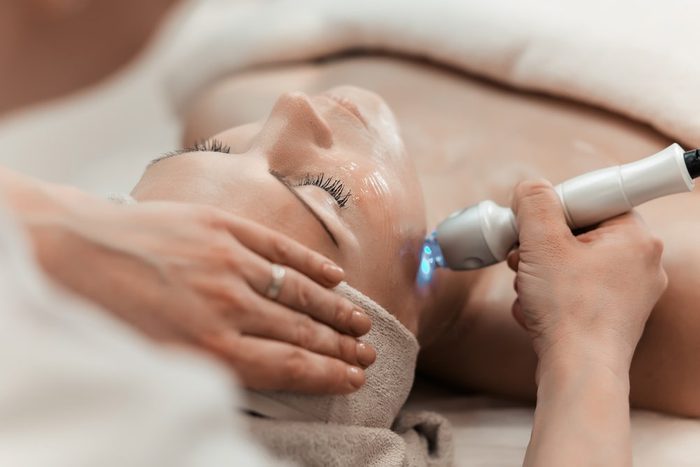
Laser your way to smoothness
Jeremy B. Green, MD, FAAD, of SKIN Associates of South Florida, knows how to get rid of scars using lasers. “Fractional lasers use tiny light beams to safely injure the skin with heat, stimulating your body’s own healing responses, and thus building collagen and elastin to heal scars from the inside out,” he says. Find out how laser hair removal can cure your ingrown hairs.
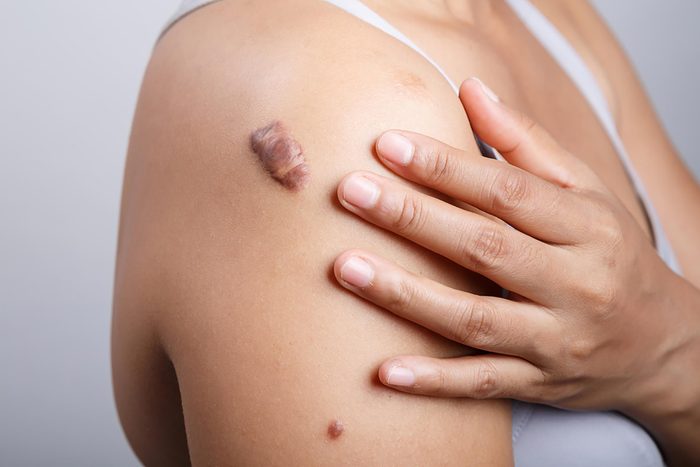
New hope for keloids
“Keloid scars have been historically hard to treat,” says Dhaval Bhanusali, MD, a New York City-based dermatologist. But, thanks to ever-evolving technology, Dr. Bhanusali has found an effective answer to the question “how to get rid of scars?” “For raised burn scars and keloids, my favourite laser is Sciton’s Pro Fractional Erbium laser,” he says. However, the downtime for this type of treatment can be up to two weeks for tougher cases and, depending on where on your body the scar is, that can be a challenge. As an alternative, Jessica Mercer, MD, suggests an in-office corticosteroid injection, a synthetic steroid hormone that treats inflammation, to reduce the appearance of a keloid scar.
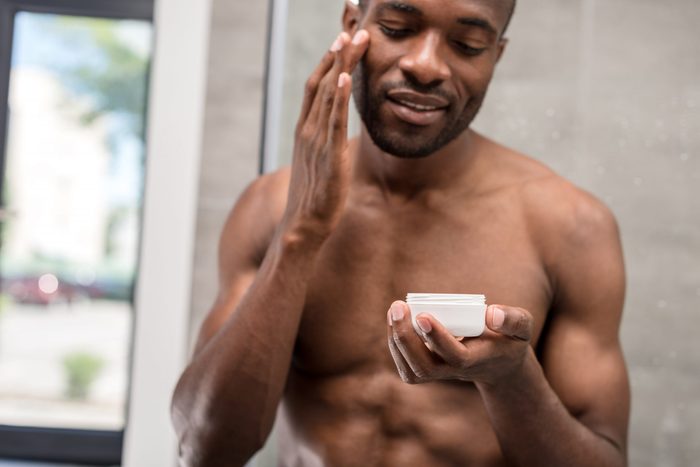
Reach for the retinol
Regardless of the type or cause of the scar, treating the area with retinol or retinoid can help to even out your skin texture, says Jeremy Brauer, MD, clinical associate professor of dermatology at NYU. Over-the-counter topicals containing retinol will work, but consider asking your dermatologist for a prescription for a retinoid. “Retinoids may help improve the appearance of scarring by stimulating collagen growth,” says Dr. Brauer. Newbie to retinol? Here’s our guide to getting started.
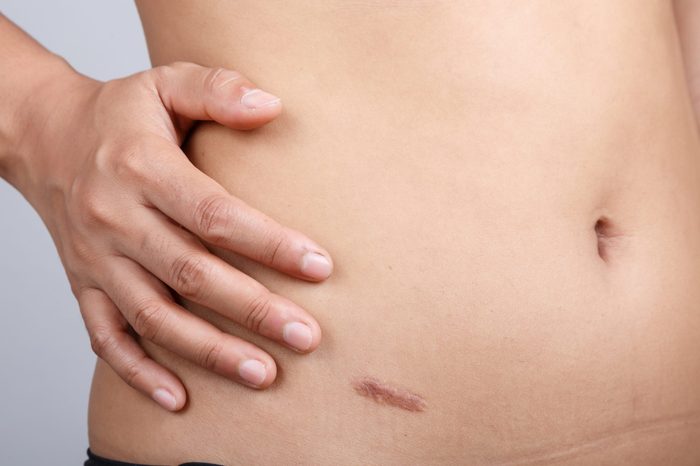
Help for pigmented scars
Scars come in all shades and textures, says Estee Williams, MD, and pigmented scars benefit from following a multi-faceted protocol. “For scars that have a brown colour, a lightening cream such as La Roche-Posay Pigmentclar Serum, along with laser resurfacing at your dermatologist’s can go a long way in fading the mark.”
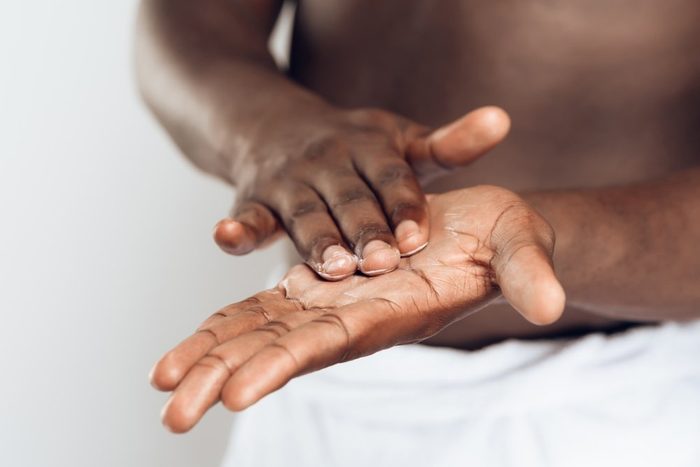
Prevent scarring in the first place
Like with most things in life, an ounce of prevention is worth a pound of cure. When it comes to scars and the injuries that may cause them, that means you’ll want to optimize the healing process by keeping wounds clean and moist to prevent infection, says Shari Marchbein, MD, a board-certified dermatologist who specializes in acne scarring. “Remember, scars are permanent and result from damage to the underlying collagen in the dermis,” says Dr. Marchbein. In her office, patients get treated with Vaseline Original Healing Jelly after surgical procedures. She knows how to get rid of scars and opts for the ointment because it creates a protective barrier on the skin’s surface, which speeds wound healing and improves scar appearance and prevents scabbing.
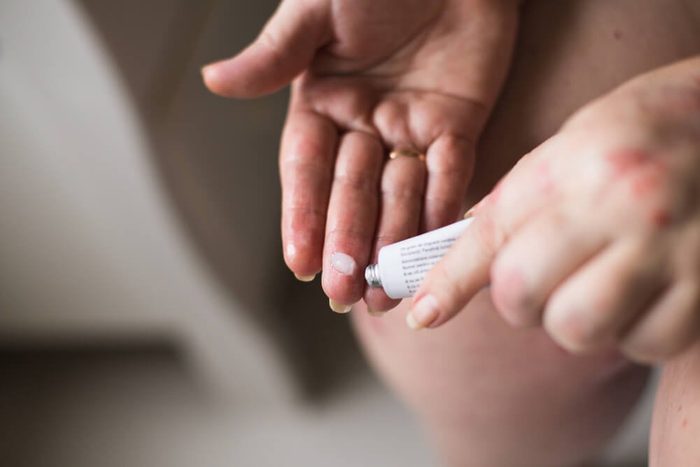
At-home therapy
For an at-home scar treatment, try a silicone-based gel, like Kelo-Cote, says Rita Linkner, MD, a board-certified dermatologist with Spring Street Dermatology. “Silicone acts like an adhesive and attracts the right type of cell in the skin, called a fibroblast, to stimulate new collagen growth,” Dr. Linkner explains. Her suggestion is to apply the gel with a massage motion at night.
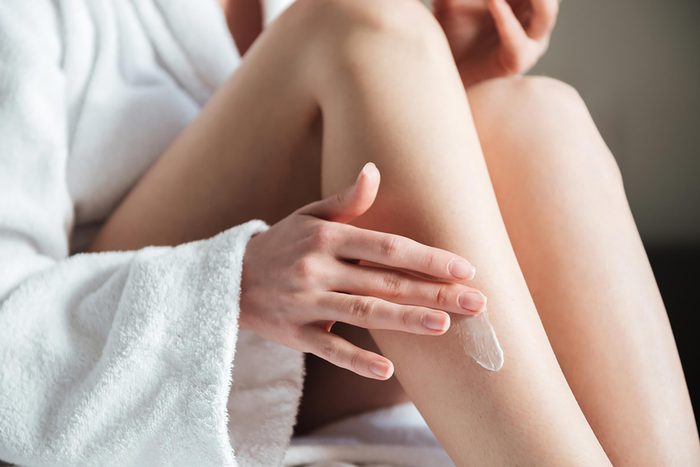
Preventing further damage
Never, ever, leave the house without sunscreen, says Heidi Waldorf, MD, of Waldorf Dermatology Aesthetics. “Sunscreen is important to avoid discolouration but you don’t need more sunscreen on the scar than the rest of your skin,” she says. “The key is for nothing to change colour in the sun.” Next, learn the sunscreen application tips a dermatologist swears by.
